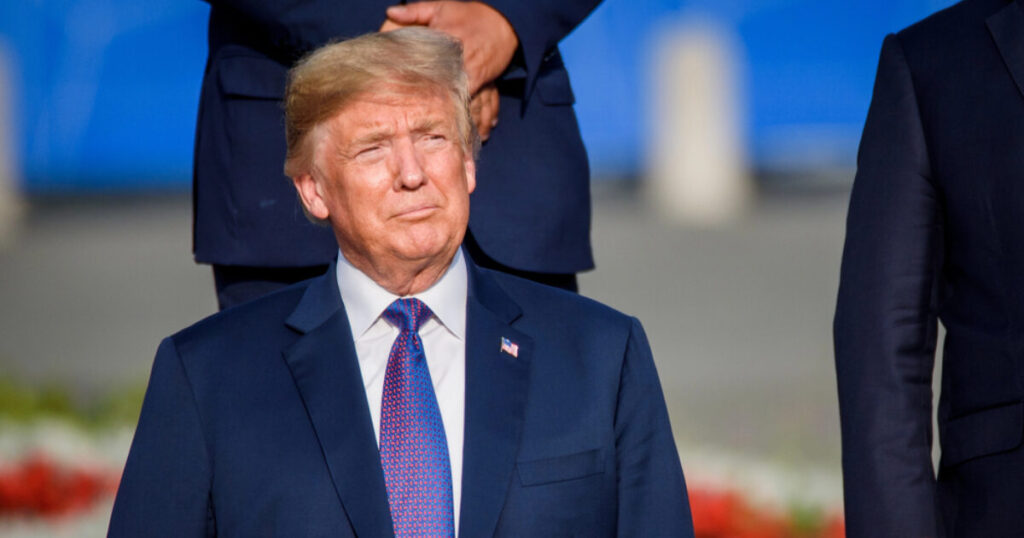President-elect Donald Trump has taken a firm stance against Daylight Saving Time (DST), labeling it as both “inconvenient” and “very costly” to the nation. In his recent communication via Truth Social, Trump emphasized that the Republican Party would exhaust its efforts to eliminate the practice, which, although it has a dedicated following, he believes should not continue. DST, which necessitates advancing clocks by one hour during the warmer months to extend evening daylight, has been a topic of considerable debate since its establishment under the Uniform Time Act of 1966. Originally intended to conserve energy and optimize daylight usage, the effectiveness of DST has come under scrutiny.
There are growing concerns regarding the actual benefits of DST, with many studies indicating that the energy savings are negligible. Alongside these findings, researchers have raised alarms about the potential health risks linked to the clock shifts, which include increased heart attack rates and workplace injuries. For instance, a study by the University of Michigan reported a 24% spike in heart attack incidents following the transition to DST in the spring. The frequent time changes also contribute to a rise in stroke risks. According to the non-profit Sleep Foundation, the sleep deprivation resulting from the abrupt alterations can lead to chronic health issues, mood disturbances, and even elevate accident rates.
Furthermore, the disruption to the sleep-wake cycle wrought by DST can manifest as “social jet lag,” where individuals find their internal clocks misaligned with their social obligations. Many people express feelings of fatigue and decreased alertness after the clock transition, which can adversely impact productivity levels. The economic ramifications of these productivity declines are significant; a report from The New York Times suggests that the U.S. incurs approximately $434 million annually due to decreased work efficiency and increased incidents of workplace injuries during the changes to Daylight Saving Time.
Adding a layer of complexity to this discussion, Trump had previously indicated a willingness to permanently adopt the time used during Daylight Saving Time. This means that the clocks would remain set forward by one hour for the entire year, thereby eliminating the need for twice-a-year adjustments altogether. In a 2019 tweet, he stated, “Making Daylight Saving Time permanent is O.K. with me!” expressing a potential solution to the inconveniences surrounding DST.
Trump’s views have resonated not only with the public but have also garnered attention from prominent figures, including Elon Musk. As the head of the newly established Department of Government Efficiency (DOGE), Musk chimed in on conversations surrounding DST, responding to a survey on X that revealed substantial anti-DST sentiment. In his tweet, Musk pointed out the overwhelming desire among people to rid themselves of the “annoying time changes,” reinforcing the impression that public opinions are shifting toward the abolition of DST.
The sentiment against Daylight Saving Time has also found traction among other influential voices, including Donald Trump Jr., who expressed a preference for a permanent shift to the later daylight hours. The accumulating critiques of DST illustrate a growing consensus that this practice may no longer serve the intended purposes it once did. As public discussions continue, the future of Daylight Saving Time hangs in the balance, and its potential abolition represents a response to evolving societal needs and the quest for better health and productivity outcomes.

